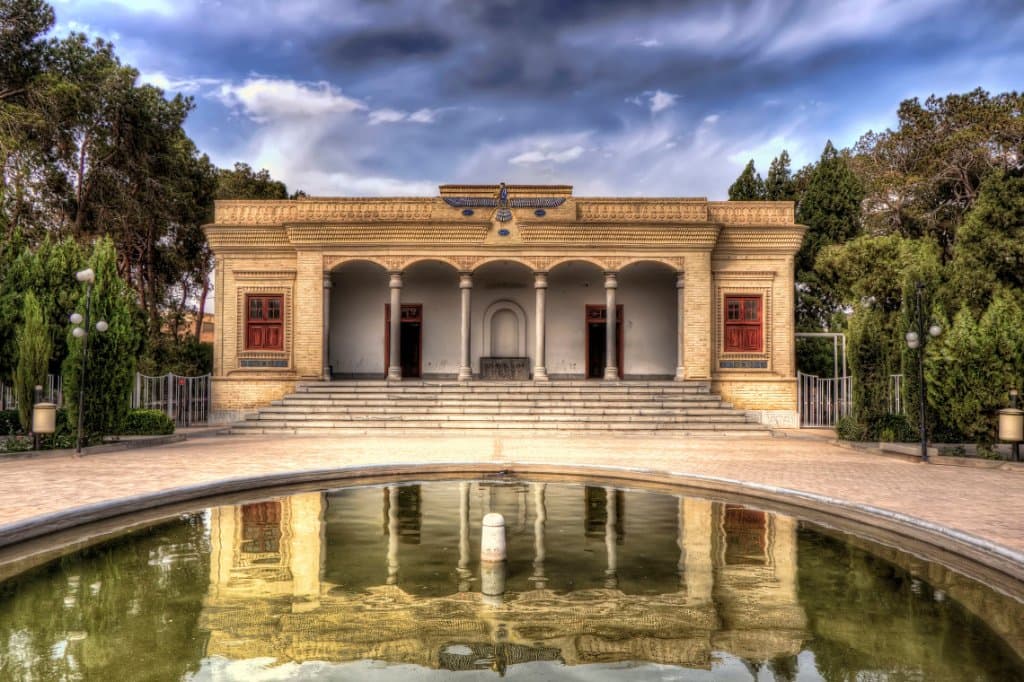
Zoroastrian Fire Temple Yazd
Witness the eternal flame, burning for over 1,500 years, in this sacred Zoroastrian temple, a symbol of ancient Persian faith and purity.
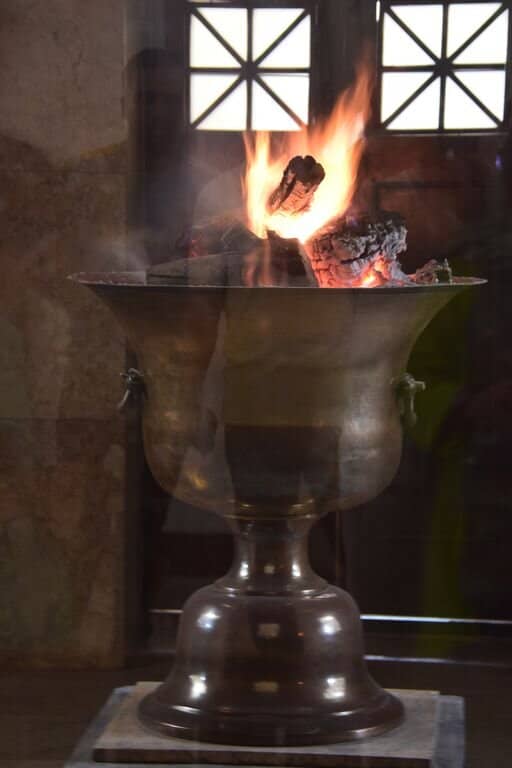
Highlights
Must-see attractions
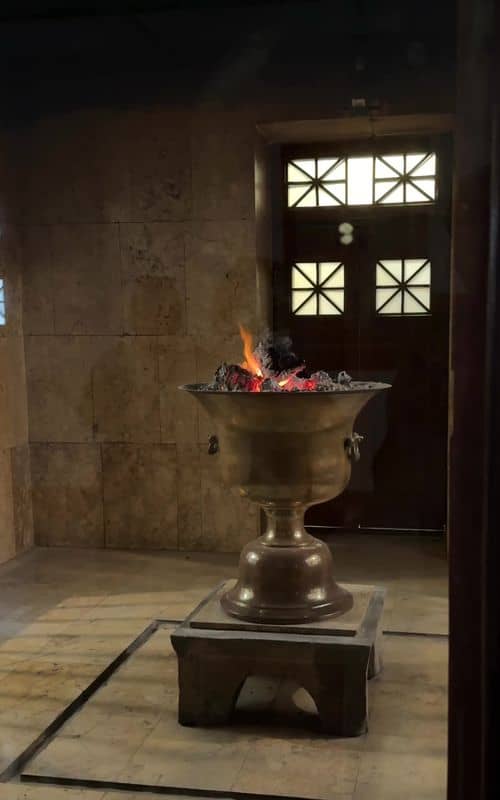
Social
From TikTok & Reddit
Best Time
Fewer crowds, peaceful atmosphere

Zoroastrian Fire Temple Yazd
Best Time
Fewer crowds, peaceful atmosphere

Highlights
Must-see attractions
Witness the eternal flame, burning for over 1,500 years, in this sacred Zoroastrian temple, a symbol of ancient Persian faith and purity.
"A holy energy place, indeed, where you can stay all day to meditate, calm and reflect myself."
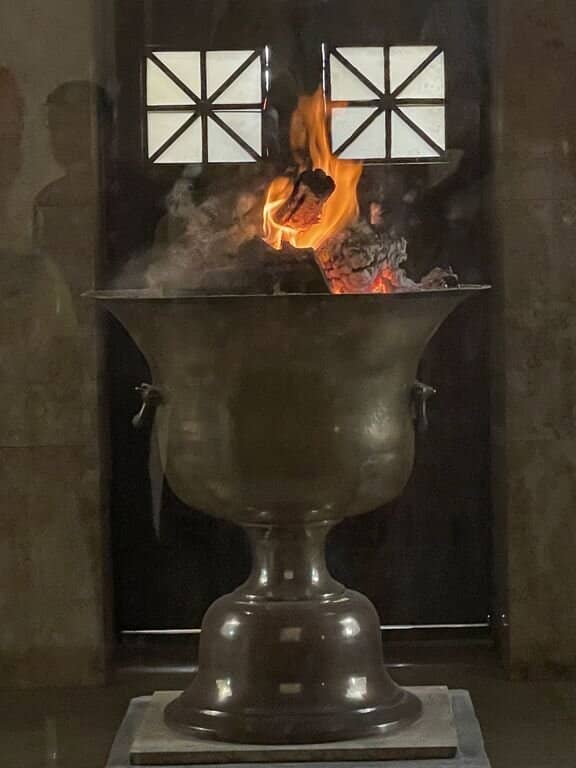
Respect the Sacred Fire
Remember fire is sacred; observe quietly and respectfully from the designated viewing area. :pray:
Check Entrance Fees
Fees can vary for locals and foreigners. Be prepared for a potentially higher cost for international visitors. :moneybag:
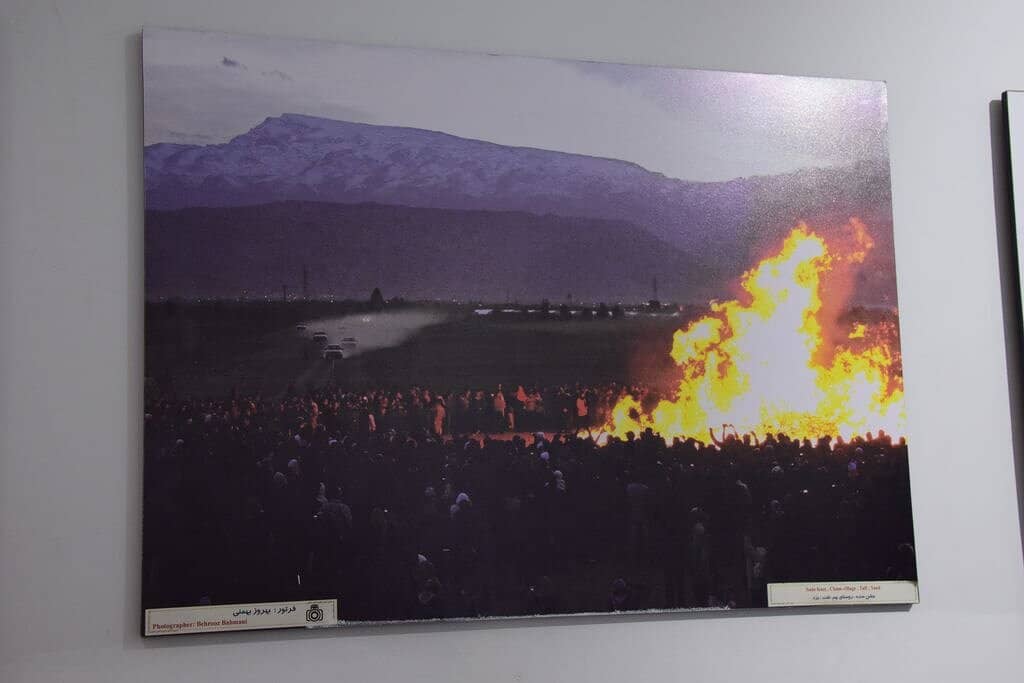
Highlights
Discover the most iconic attractions and experiences
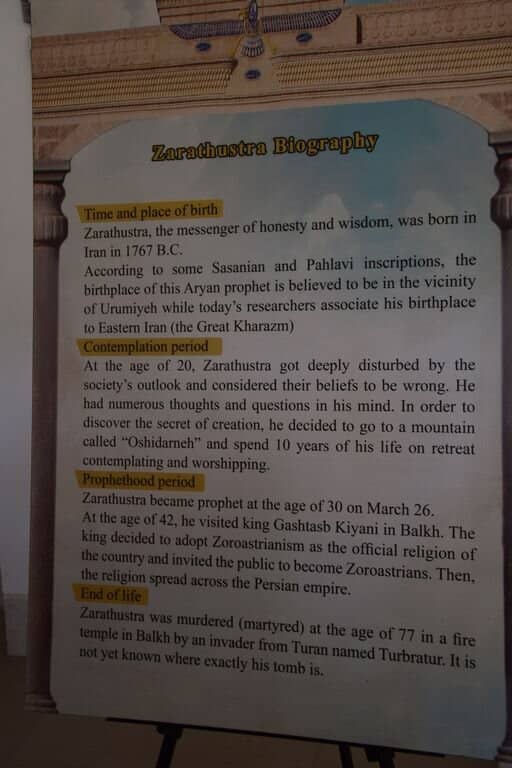
The Eternal Flame
Inner sanctum
Witness the sacred fire, burning continuously for over 1,500 years, a symbol of purity and divine light.
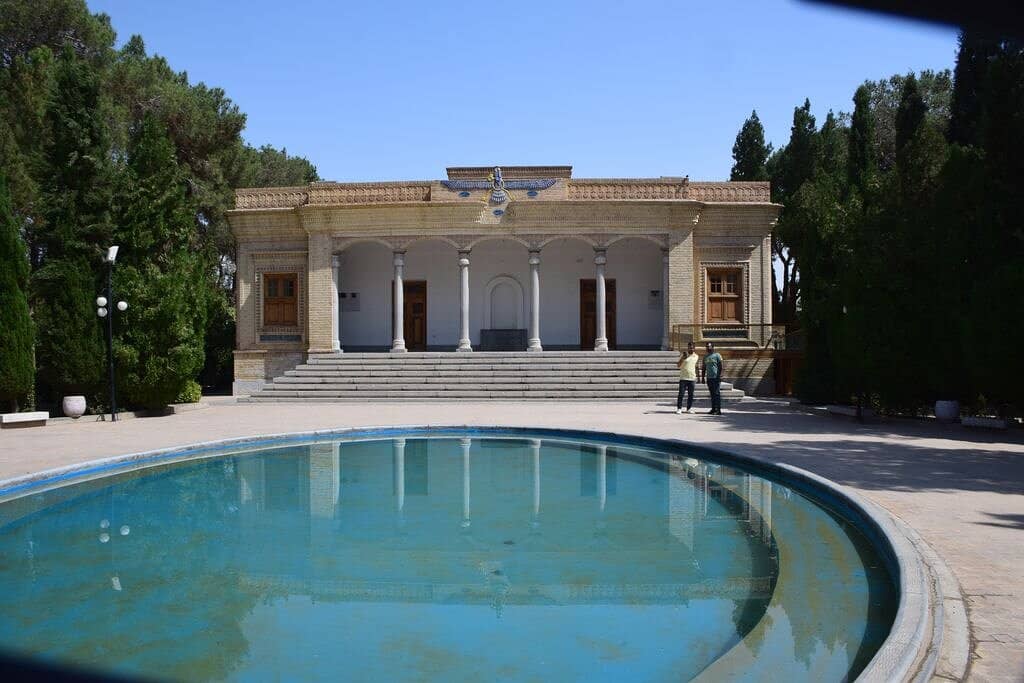
Architectural Design
Temple exterior and grounds
Admire the Achaemenid-inspired architecture, serene garden, and the Faravahar symbol above the entrance.
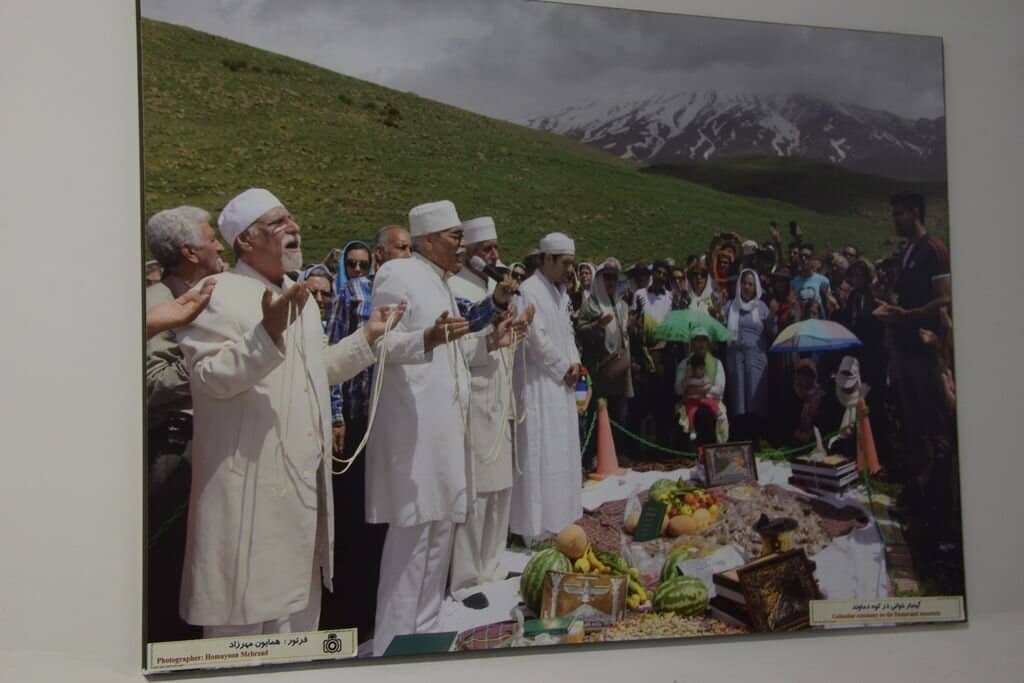
Educational Exhibits
Adjacent building
Learn about Zoroastrianism through informative displays and curated exhibits in the nearby museum.
Plans like a pro.
Thinks like you
Planning Your Visit
Understand the Sacred Fire
Entrance Fee & Value
Best Times
Insider Tips
from TikTok, Instagram & Reddit
Respect the Sacred Fire
Remember fire is sacred; observe quietly and respectfully from the designated viewing area. :pray:
Check Entrance Fees
Fees can vary for locals and foreigners. Be prepared for a potentially higher cost for international visitors. :moneybag:
Explore the Exhibits
Don't miss the educational displays in the adjacent building for a deeper understanding. :books:
Visit the Museum
The Museum of Manuscripts is highly recommended for a more enriching experience. :scroll:
Tips
from all over the internet
Respect the Sacred Fire
Remember fire is sacred; observe quietly and respectfully from the designated viewing area. :pray:
Check Entrance Fees
Fees can vary for locals and foreigners. Be prepared for a potentially higher cost for international visitors. :moneybag:
Explore the Exhibits
Don't miss the educational displays in the adjacent building for a deeper understanding. :books:
Visit the Museum
The Museum of Manuscripts is highly recommended for a more enriching experience. :scroll:
Photography Etiquette
Be mindful of where you take photos, especially near the sacred fire. :camerawithflash:
What Travellers Say
Reviews Summary
Visitors praise the Zoroastrian Fire Temple for its deeply spiritual atmosphere and the fascinating eternal flame, a symbol of ancient faith. The architecture and educational exhibits are also highlighted as positive aspects. However, some find the entrance fee, particularly for foreigners, to be quite high relative to the perceived value.
"Can stay here all day to meditate, calm and reflect myself.
Holy energy place, indeed.
Exhibit in the next building also educational with functional design, good curation work, well done!"
Bob Callen
"Zoroastrian Fire Temple of Yazd: Eternal Flame of an Ancient Faith.
The Zoroastrian Fire Temple of Yazd, known as Atashkadeh, is one of the most sacred sites for Zoroastrians in Iran. Located in the heart of Yazd, the temple houses a fire believed to have been burning continuously for over 1,500 years. This fire, known as the Atash Bahram (Fire of Victory), is one of the nine highest-grade sacred fires in the Zoroastrian tradition and was transferred to Yazd from Ardakan in 1934.
The temple's architecture reflects elements of Achaemenid and Sassanian styles, with a serene garden, a central pool, and a brick building adorned with the Faravahar symbol above its entrance. Inside, the sacred fire is housed in a bronze container within a glass-enclosed chamber, viewable by visitors but accessible only to Zoroastrian priests who tend to it daily.
Fire, in Zoroastrianism, symbolizes purity, truth, and the divine presence of Ahura Mazda. The temple serves not only as a place of worship but also as a cultural center for the Zoroastrian community, preserving rituals, teachings, and identity in a predominantly Islamic society.
Open to visitors of all backgrounds, the Fire Temple offers a rare glimpse into one of the world’s oldest monotheistic religions, still practiced by a small but resilient community in Yazd."
Lefteris Stamatelatos
"I was fascinated by the Zoroastrian religion and was very excited to see what it had to offer. But to be honest, for an entrance fee of 3,500,000 rial (as of April 2025), I expected more. The fee is the same as that of Persepolis, and while I understand the significance of this site, this is just my honest opinion.
The path to the side building — the one with the panels and mannequins — wasn’t clearly marked, so it was easy to miss.
There was another museum (the Museum of Manuscripts), and that one is much more recommendable."
Sophia Park
What People Like
What People Dislike
Frequently Asked Questions
🚇 🗺️ Getting There
The Zoroastrian Fire Temple (Atashkadeh) is located in Yazd city, Iran. It's accessible by local taxis or ride-sharing apps. Many visitors also walk to it if staying in the central parts of Yazd.
Yes, it's a well-known landmark in Yazd. You can use GPS on your phone or ask locals for directions. It's often mentioned in travel guides for Yazd.
Taxis are readily available and affordable for getting around Yazd. For a more immersive experience, consider walking if your accommodation is nearby.
Using a ride-sharing app like Snapp can be convenient and often cheaper than traditional taxis. Confirm the destination name 'Atashkadeh' or 'Zoroastrian Fire Temple' to avoid confusion.
Cycling is possible in Yazd, but be aware of traffic conditions. The temple is located in a more urban area, so cycling might be more challenging than taking a taxi. :bike:
🎫 🎫 Tickets & Entry
The entrance fee can vary, with reports of higher prices for foreigners (e.g., 3,500,000 rial or 350,000 tomans) compared to locals. It's advisable to check the current prices upon arrival. [^Review]
Yes, it appears there are significantly different pricing structures for locals and international visitors. This has been noted by several travelers. [^Review]
Currently, there is no indication of online ticket purchasing. Tickets are typically bought at the entrance upon arrival. :ticket:
The temple is generally open to visitors during daylight hours. It's best to confirm the exact opening and closing times with your accommodation or local guides upon arrival. :clock:
While not strictly enforced for all areas, it's respectful to dress modestly, covering shoulders and knees, especially when visiting religious sites in Iran. :scarf:
🎫 🧭 Onsite Experience
You can witness the eternal flame, admire the temple's architecture and garden, and explore educational exhibits about Zoroastrianism in the adjacent building.
Visitors can view the sacred fire from behind a glass partition. Only Zoroastrian priests have access to the inner sanctum where the fire is housed. [^Review]
Many visitors find the temple to be a 'holy energy place' and a calm environment suitable for meditation and reflection. [^Review]
While official guided tours might not always be available, the exhibits provide good information. Engaging with local guides in Yazd can offer deeper insights. :guide_dog:
The main areas of the temple and the exhibits are generally accessible. However, specific accessibility details might require direct inquiry. :wheelchair:
📸 📸 Photography
Photography is generally allowed in the public areas of the temple and the museum. However, be respectful and avoid flash photography, especially near the sacred fire.
The exterior architecture, the serene garden with the pool, and the Faravahar symbol are great for photos. The view of the sacred fire through the glass is also a key shot.
Drone usage is typically restricted at religious and historical sites in Iran. It's best to assume it's not permitted to avoid issues. :noentrysign:
A standard camera or smartphone is sufficient. Consider a wide-angle lens for capturing the architecture and a telephoto lens if you want to capture details from a distance. :camerawithflash:
Yes, you can photograph the sacred fire from the designated viewing area. However, avoid using flash as it can be disruptive.
For Different Travelers
Tailored advice for your travel style
👨👩👧 Families with Kids
🏛️ History Buffs
🧘 Solo Travelers & Meditators
Deep Dives
In-depth insights and expert knowledge
The Significance of the Eternal Flame
In Zoroastrianism, fire is not worshipped itself but is revered as a symbol of purity, truth, and the divine presence of Ahura Mazda, the supreme deity. The flame represents divine light and wisdom. Priests meticulously tend to the fire, ensuring it remains pure and continuously burning, a practice that has endured for centuries.
While visitors can observe the flame from a glass-enclosed chamber, only ordained Zoroastrian priests are permitted to enter the inner sanctum to care for it. This sacred fire serves as a powerful reminder of the enduring legacy and spiritual practices of one of the world's oldest monotheistic religions. [^Review]
Zoroastrianism: A Glimpse into an Ancient Faith
The religion centers on the dualistic struggle between Ahura Mazda (the wise lord, representing good) and Angra Mainyu (the destructive spirit, representing evil). Humans have free will to choose between good and evil, and their actions contribute to the cosmic battle. The sacred fire in temples is a physical representation of Ahura Mazda's light and purity.
Though its followers are now a minority, Zoroastrianism has a resilient community, particularly in Iran, with significant historical contributions to Persian culture and civilization. The Fire Temple in Yazd serves as a vital center for preserving this ancient faith and its traditions.
Architectural and Symbolic Elements
A prominent feature is the Faravahar symbol often seen above the entrance of Zoroastrian sites. This winged disc is a well-known symbol of Zoroastrianism, representing the human soul's journey and the divine spirit.
The temple grounds typically include a peaceful garden with fruit trees and a central pool. The presence of water is significant in Zoroastrianism, symbolizing purity. The entire design aims to create a tranquil and contemplative environment for worship and reflection.
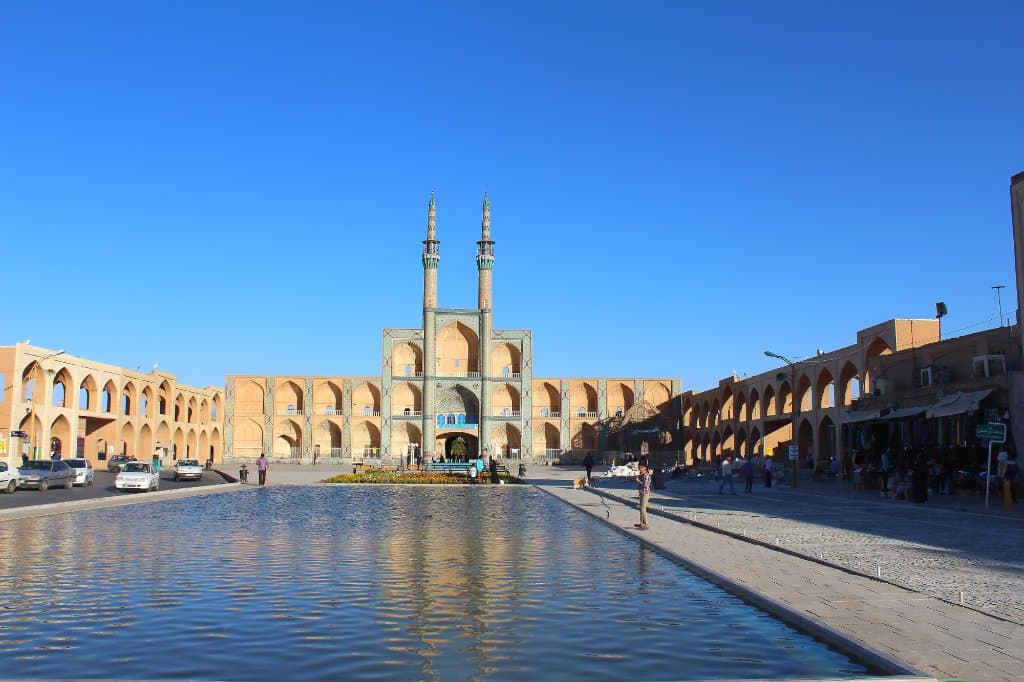
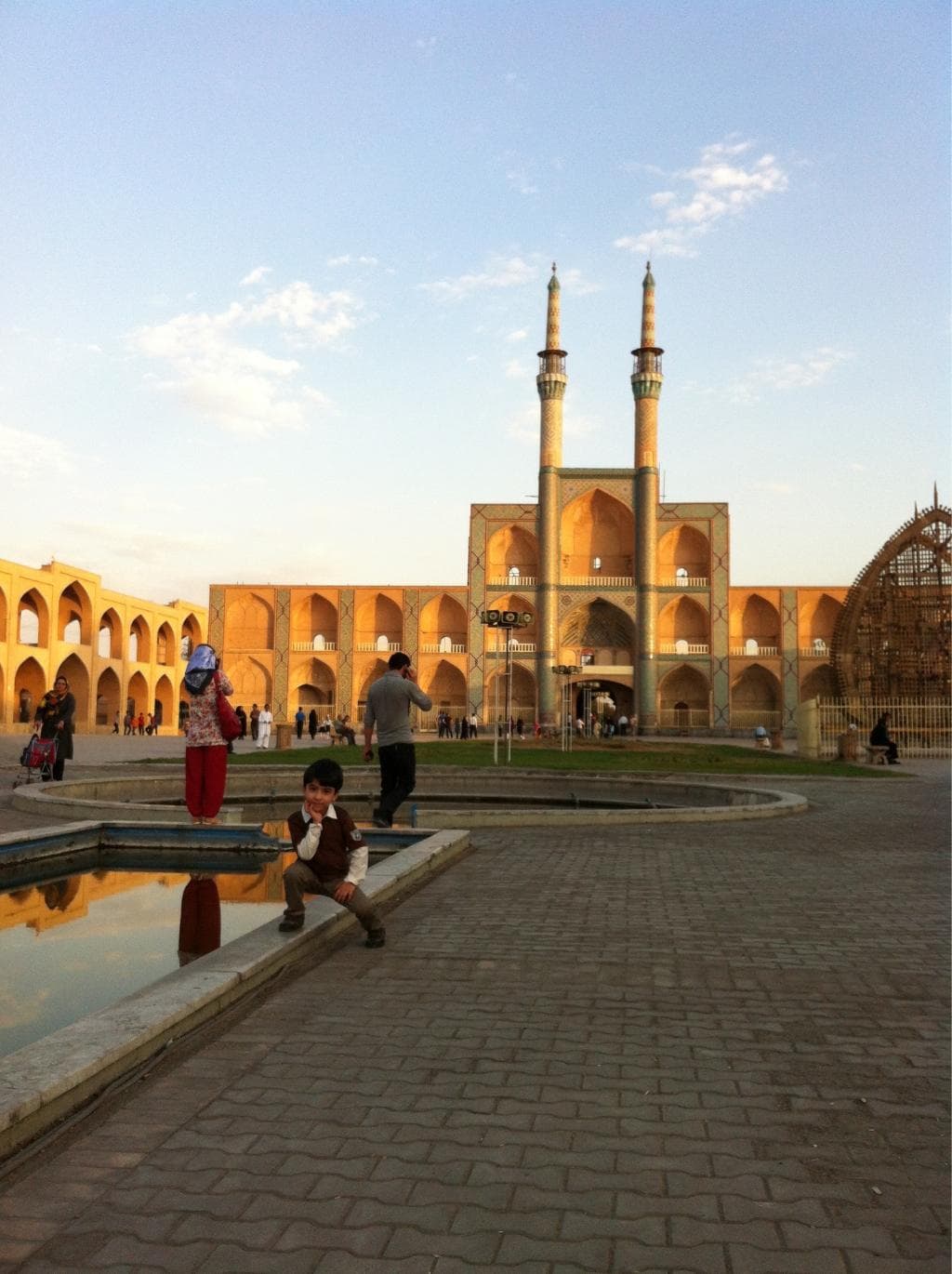
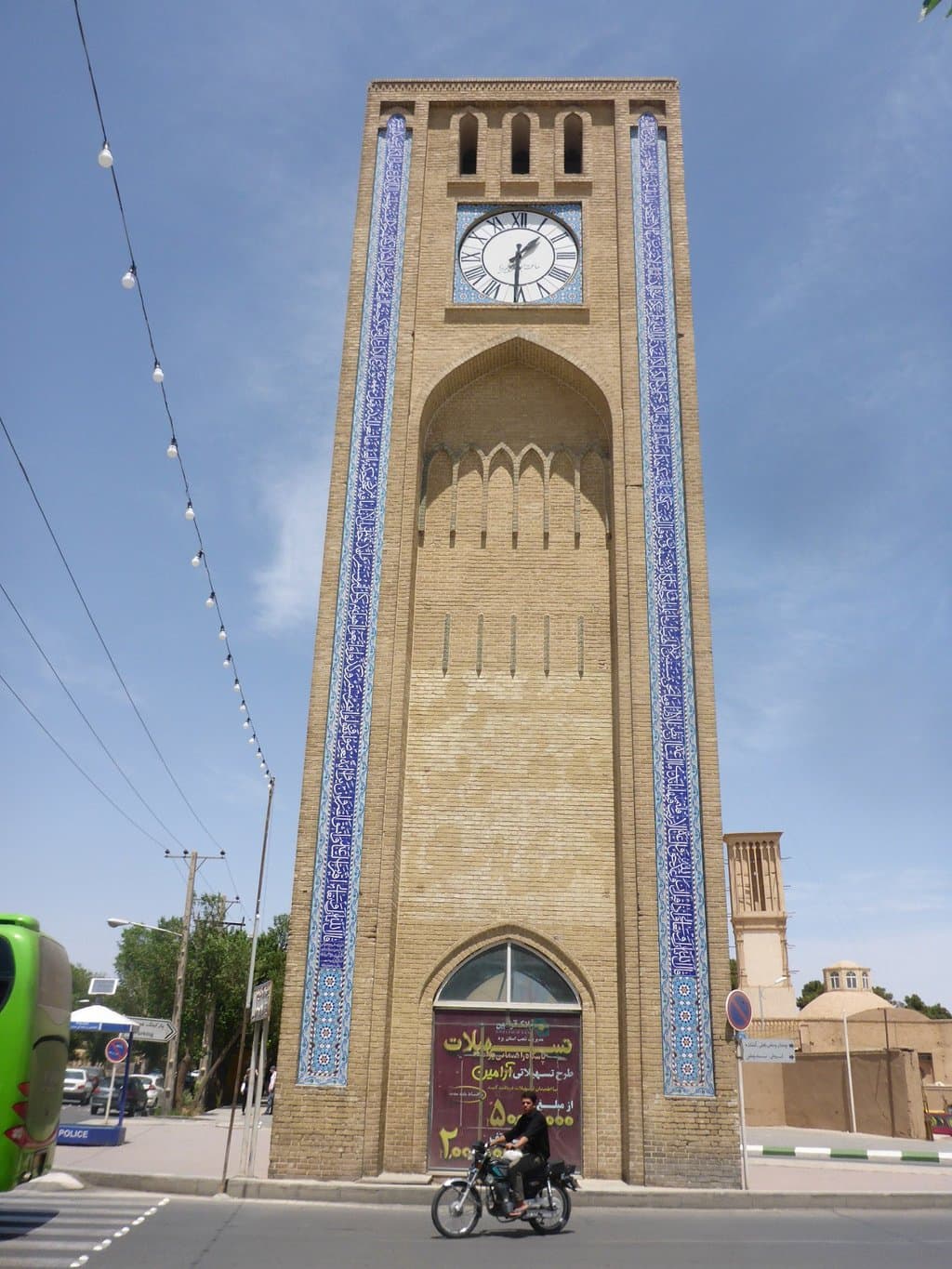
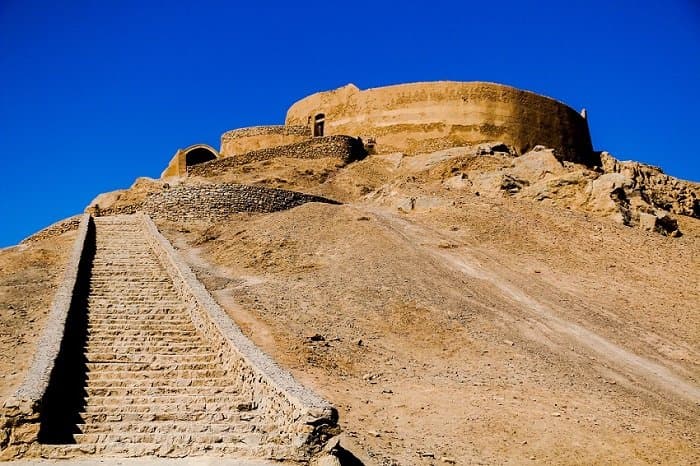
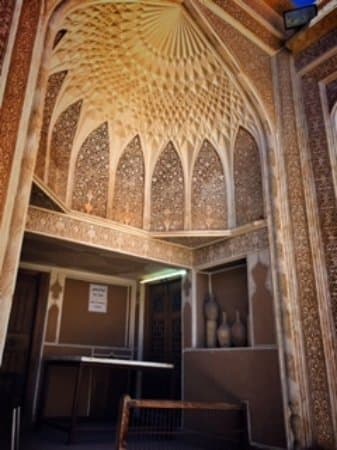
Social
from TikTok, Instagram & Reddit